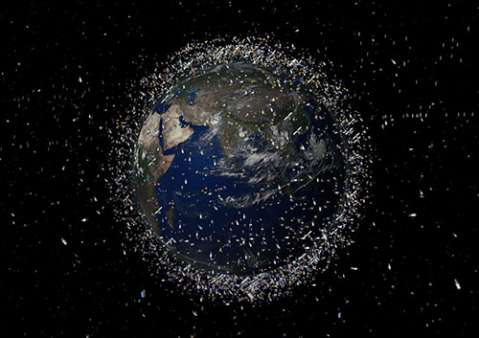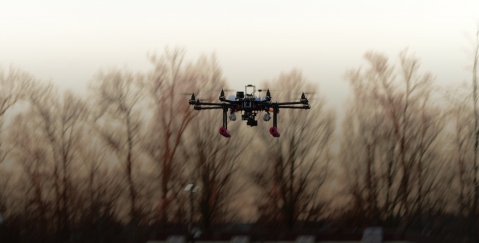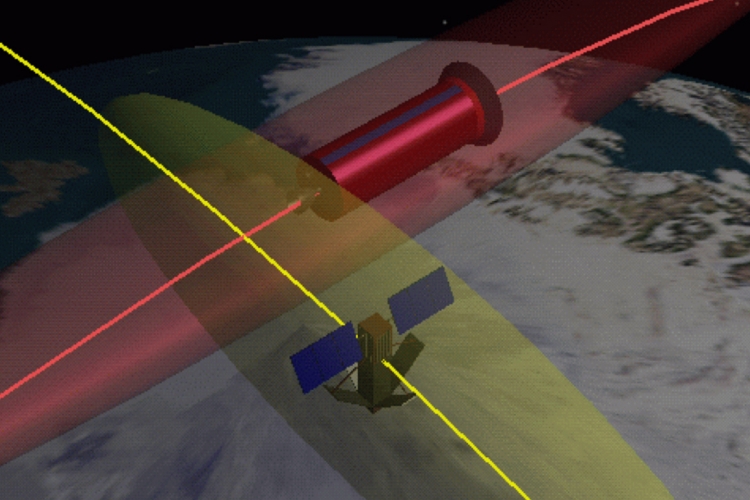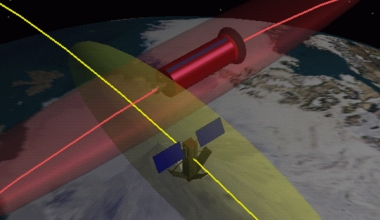
Center for Orbital and Reentry Debris Studies
CORDS was established in 1997 to focus the corporation’s research and technology applications in the areas of space debris, collision avoidance, and reentry breakup and to provide a single point-of-contact for organizations seeking to take advantage of Aerospace’s more than 50 years of experience in these and related technical areas.

Danger: Orbital Debris
Space debris moves about 10 times faster than a bullet. Though debris smaller than 1 mm in size does not generally pose a hazard to spacecraft, it can still damage optics and solar arrays, resulting in catastrophe and mission failure.

3-D Technology for Drone Detection
Unmanned autonomous systems (UAS), also known as drones, are now widely used by both hobbyists and government agencies for a variety of reasons. The popularity of drones has created a need for counter-UAS (CUAS) technology and drone detection systems to prevent them from inadvertently or intentionally invading a private or protected airspace.








